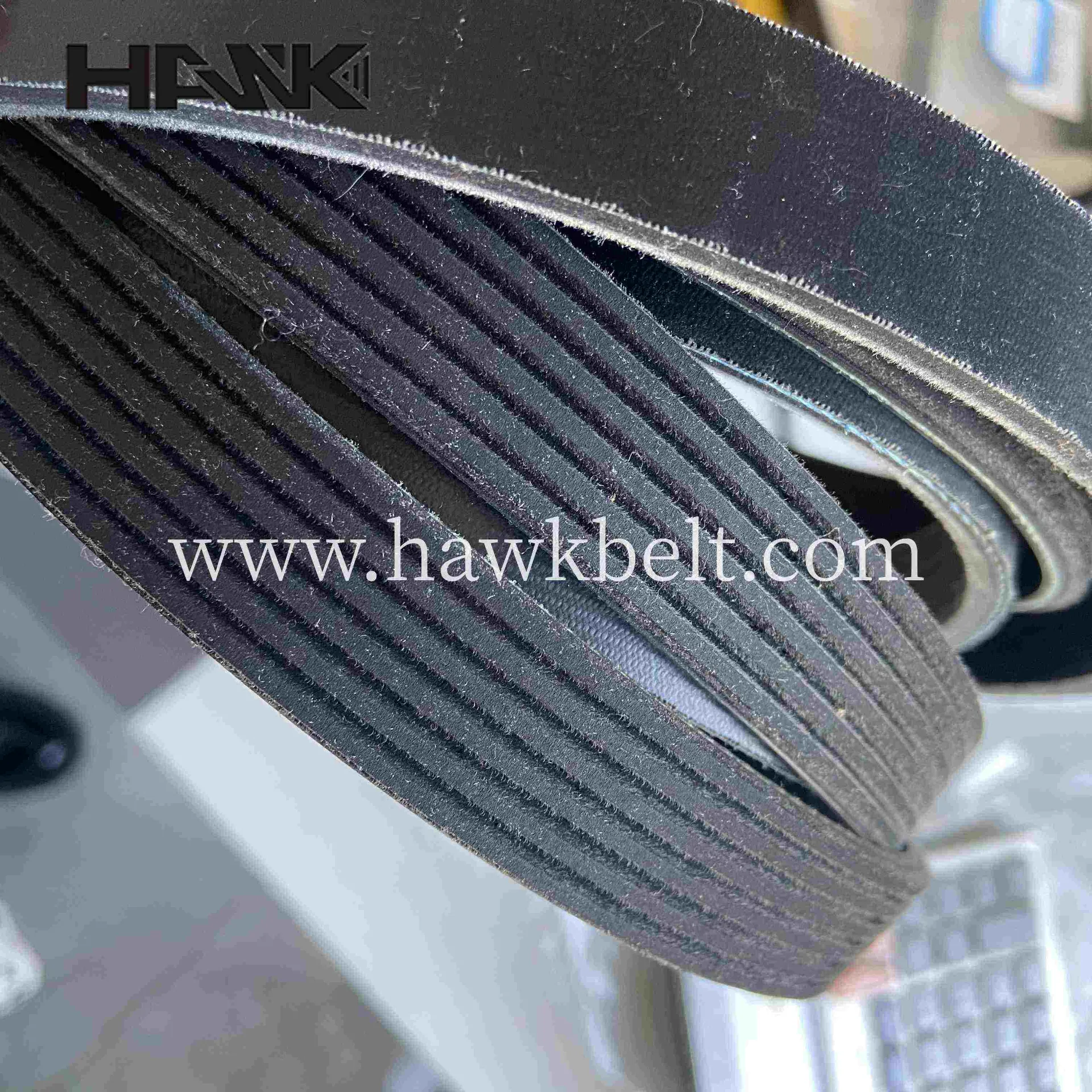- Arabic
- French
- Russian
- Spanish
- Portuguese
- Turkish
- Armenian
- English
- Albanian
- Amharic
- Azerbaijani
- Basque
- Belarusian
- Bengali
- Bosnian
- Bulgarian
- Catalan
- Cebuano
- Corsican
- Croatian
- Czech
- Danish
- Dutch
- Afrikaans
- Esperanto
- Estonian
- Finnish
- Frisian
- Galician
- Georgian
- German
- Greek
- Gujarati
- Haitian Creole
- hausa
- hawaiian
- Hebrew
- Hindi
- Miao
- Hungarian
- Icelandic
- igbo
- Indonesian
- irish
- Italian
- Japanese
- Javanese
- Kannada
- kazakh
- Khmer
- Rwandese
- Korean
- Kurdish
- Kyrgyz
- Lao
- Latin
- Latvian
- Lithuanian
- Luxembourgish
- Macedonian
- Malgashi
- Malay
- Malayalam
- Maltese
- Maori
- Marathi
- Mongolian
- Myanmar
- Nepali
- Norwegian
- Norwegian
- Occitan
- Pashto
- Persian
- Polish
- Punjabi
- Romanian
- Samoan
- Scottish Gaelic
- Serbian
- Sesotho
- Shona
- Sindhi
- Sinhala
- Slovak
- Slovenian
- Somali
- Sundanese
- Swahili
- Swedish
- Tagalog
- Tajik
- Tamil
- Tatar
- Telugu
- Thai
- Turkmen
- Ukrainian
- Urdu
- Uighur
- Uzbek
- Vietnamese
- Welsh
- Bantu
- Yiddish
- Yoruba
- Zulu
Dec . 14, 2024 19:42 Back to list
Exploring the Essentials of Motorcycle Belts for Riders and Enthusiasts
The Essential Guide to Motorbike Belts
Motorcycling offers a unique blend of exhilaration and freedom, but the safety and performance of your ride largely depend on various components, one of which is the motorbike belt. Although it may not receive as much attention as other parts, the belt plays a crucial role in the smooth operation of a motorcycle, particularly in scooter and some cruiser models. In this article, we will explore what motorbike belts are, their importance, types, and maintenance tips.
What is a Motorbike Belt?
Motorbike belts are a vital component of the drivetrain in many motorcycles, especially those equipped with a belt drive system. Unlike chain systems that employ links and sprockets, belt drives use a flexible rubber belt with teeth that mesh with pulleys. This design enhances efficiency and reduces the amount of maintenance needed compared to traditional chains, which require regular lubrication and tension adjustments.
Belts are primarily used in automatic scooters and some touring bikes, providing a smoother ride and less noise compared to chain or gear systems. The simplicity of the belt system also appeals to many riders, especially those who prefer a low-maintenance option.
Importance of Motorbike Belts
1. Smooth Power Transfer Motorbike belts help facilitate seamless power delivery from the engine to the wheels. Due to their design, they are capable of effectively dampening vibrations which leads to a more enjoyable ride.
2. Durability Made from materials like aramid fibers and reinforced rubber, motorbike belts are designed to withstand wear and tear. This resilience provides longevity, reducing the frequency of replacements compared to chains.
3. Lower Maintenance One of the standout features of a belt drive system is its minimal maintenance requirements. Unlike chains, which involve regular lubrication and tension checks, belts only require periodic inspections for wear and proper tracking.
4. Less Mess Belt systems are generally cleaner than chain systems. There are no lubricants that can fling off and dirty your bike, making belt-driven motorcycles a more appealing choice for those who prefer a tidy ride.
Types of Motorbike Belts
Motorbike belts come in various designs suited for different types of motorcycles
motorbike belt

1. Rubber Belts These are the most common type, often reinforced with materials like Kevlar to increase durability. They are typically found in scooters and lighter bikes.
2. Carbon Fiber Belts High-performance bikes may use carbon fiber belts, which provide superior strength and minimal stretch. These are ideal for riders seeking performance without sacrificing durability.
3. Toothed Belts Most modern belt systems feature toothed belts designed to engage pulleys efficiently. This type enhances grip and ensures a firm connection between the engine and the wheels.
Maintenance Tips for Motorbike Belts
To ensure your motorbike belt continues to perform efficiently, regular maintenance is crucial
- Inspection Regularly check your belt for signs of wear, such as cracks or fraying. This should be done every few months or before long rides.
- Alignment Ensure that the belt is properly aligned with the pulleys to prevent premature wear. Misalignment can lead to uneven wear and potential failure.
- Cleanliness Keep the belt clean from dirt and grime. A clean belt will function better and last longer. Avoid using harsh chemicals; a simple cloth wipe is often sufficient.
- Follow Manufacturer Guidelines Always refer to your motorcycle's owner manual for specific recommendations on belt maintenance, adjustment, and replacement frequency.
Conclusion
Motorbike belts may not be the most glamorous topic, but their significance in ensuring a safe, smooth, and enjoyable ride cannot be overstated. Understanding your belt system, its maintenance, and knowing when it needs to be replaced can significantly enhance your motorcycling experience. So, the next time you ride, appreciate the quiet power of the belt that drives you forward.
-
Korean Auto Parts Timing Belt 24312-37500 For Hyundai/Kia
NewsMar.07,2025
-
7PK2300 90916-T2024 RIBBED BELT POLY V BELT PK BELT
NewsMar.07,2025
-
Chinese Auto Belt Factory 310-2M-22 For BMW/Mercedes-Benz
NewsMar.07,2025
-
Chinese Auto Belt Factory 310-2M-22 For BMW/Mercedes-Benz
NewsMar.07,2025
-
90916-02660 PK Belt 6PK1680 For Toyota
NewsMar.07,2025
-
drive belt serpentine belt
NewsMar.07,2025

